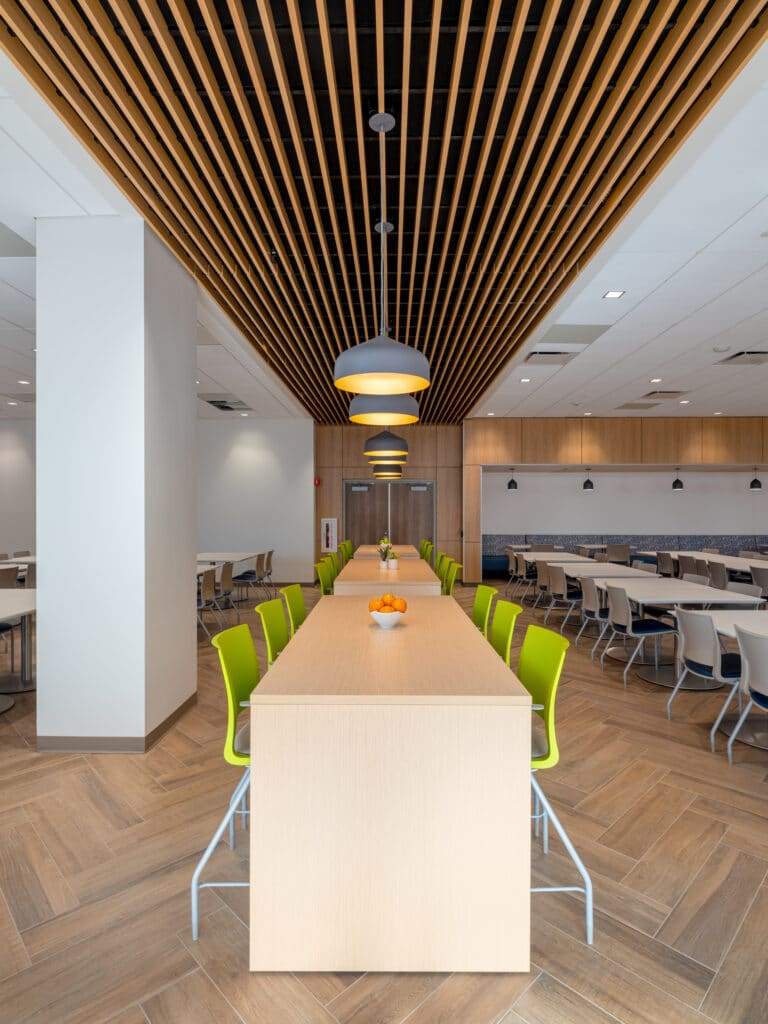Inclusive Furniture for Autistic Users: Mara Bragagnolo’s Adaptive Nook Collection
Design is at its most powerful when it adapts to human diversity. Italian designer Mara Bragagnolo’s Nook furniture series is a striking example of inclusive thinking in action — a flat-pack, user-adaptable furniture collection designed for autistic children and individuals with sensory needs. The project, though modest in materiality, is deeply ambitious in its impact, seeking to change how we design for neurodiversity in public and domestic spaces.
Made from accessible plywood and assembled using a puzzle-like construction method, the Nook series reimagines everyday furniture as interactive tools that invite autonomy, comfort, and self-expression. Bragagnolo’s approach is shaped not just by her training as an interior designer but also by her personal experience living with autism. That dual perspective offers a powerful lens through which the project is both ideated and executed.
For anyone looking for a reliable and up-to-date architectural resource, ArchUp offers fresh content covering projects, design, and competitions.

Reversing the Design Norm: Function Follows People
Rather than prescribing rigid uses for each object, Bragagnolo emphasizes flexibility. The Nook series resists the notion that users should conform to furniture. Instead, the furniture is meant to conform to the user — especially children who experience space, light, texture, and interaction differently due to their place on the autism spectrum.
Take the Everyone Desk, a compact and multi-use item. It can function as a study surface, a bench, a small shelving unit, or even a play table. This is not a modular gimmick; it’s a necessity born of observing how autistic children engage with their surroundings. Reducing external stimuli, encouraging tactile interaction, and providing privacy are central to the design.
Each object in the Nook collection is constructed from CNC-cut plywood, not only to lower production costs but also to support local fabrication. The puzzle-based construction ensures tool-free assembly and disassembly — an important consideration for community centers, schools, or home environments where space needs may shift.

Collaborations Rooted in Empathy
The project began as a collaboration with an organization seeking to make a library more accessible to neurodivergent users. Though the original commission fell through, Bragagnolo continued independently, consulting with autism associations, parents, adults on the spectrum, and inclusion-focused educators. The result is a collection driven by community input, not just design theory.
Bragagnolo’s partnership with Not Design Lab, led by architect and maker Giancarlo Guadagno, reflects a shared interest in socially conscious design. Their workshop specializes in self-build projects, aligning with the core values of replicability, affordability, and dignity.
This bottom-up design methodology resonates strongly with the Montessori philosophy — one that values hands-on, self-directed learning. Just as Montessori classrooms are set up to empower children’s independence, so too does the Nook series enable children to create their own safe, usable zones.

Sensory and Spatial Considerations
Key to the Nook series is an awareness of sensory sensitivities common among autistic users:
- The Light Screen acts as both a divider and a shield against direct light, addressing visual overstimulation. Carefully placed apertures allow soft light and glimpses of the outside world, balancing privacy with openness.
- The Hug Sofa, inspired by Temple Grandin’s deep-pressure concepts, uses varied cushion configurations to provide a cocoon-like space that reduces anxiety. Unlike commercial compression products, this sofa offers choice — another key design principle.
- The Rocking Wheel Chair, shaped to resemble a traditional wheelchair, serves multiple functions. It offers movement-based sensory input while symbolizing equality between mobile and wheelchair-bound children. The design subtly counters stigma while encouraging shared play.
- The Nook Library, with its built-in reading alcove, supports solitude without isolation. A small, strategically placed window offers a gentle connection to external space while keeping the user anchored and protected.
Here’s a summary of the core objects:
| Furniture Piece | Key Functionality | Design Insight |
|---|---|---|
| Everyone Desk | Desk, bench, play table | Flat-pack, child-scale adaptability |
| Hug Sofa | Personal comfort zone | Inspired by deep-pressure therapy |
| Rocking Wheel Chair | Mobility-inclusive rocking feature | Movement as sensory stimulant |
| Light Screen | Spatial divider and light filter | Balances transparency and sensory control |
| Nook Library | Bookcase with enclosed reading alcove | Combines solitude with openness |

Rethinking Accessibility in Public Architecture
What Bragagnolo’s work reveals is how public and semi-public spaces — libraries, classrooms, hospitals — often fail autistic users due to rigid, overdesigned furniture that prioritizes visual cohesion over lived experience.
By contrast, Nook’s flat-pack construction and universal materials allow it to be reproduced anywhere, integrated into informal or underserved environments without compromising quality. This is crucial for public spaces operating on limited budgets but seeking to meet inclusive design goals.
The use of natural plywood, with its sensory warmth and textural appeal, stands in deliberate opposition to plastic-heavy “inclusive” designs that often appear cold, cartoonish, or institutional. Bragagnolo offers a quiet, dignified alternative rooted in practicality.

A New Benchmark for Inclusive Architecture
While the Nook series is not yet in mass production, it has the potential to reshape how designers, educators, and municipalities approach spatial inclusivity. Rather than retrofitting accessibility into existing environments, this collection encourages proactive design that values difference from the outset.
More importantly, it is a rare case where inclusive design is not framed as a compromise but as a creative opportunity. Bragagnolo’s pieces demonstrate how sensitivity to neurodiversity can lead to objects that are not only useful for autistic users but richer for everyone.

Explore More with ArchUp
ArchUp documents the evolving profession of architects worldwide, from career insights and research to project profiles and industry news. Our editorial team publishes global salary trends, career advice, and opportunities for emerging talents. Learn more on our About page or Contact us to collaborate.







